Related Research Articles
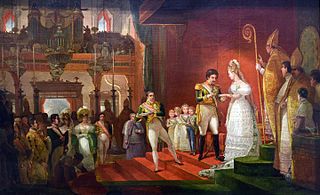
A stepmother, stepmum or stepmom is a non-biological female parent married to one's preexisting parent. Children from her spouse's previous unions are known as her stepchildren. A stepmother-in-law is a stepmother of one's spouse.
Maid Marian is the heroine of the Robin Hood legend in English folklore, often taken to be his lover. She is not mentioned in the early, medieval versions of the legend, but was the subject of at least two plays by 1600. Her history and circumstances are obscure, but she commanded high respect in Robin’s circle for her courage and independence as well as her beauty and loyalty. For this reason, she is celebrated by feminist commentators as one of the early strong female characters in English literature.
"The Elfin Knight" is a traditional Scottish folk ballad of which there are many versions, all dealing with supernatural occurrences, and the commission to perform impossible tasks. The ballad has been collected in different parts of England, Scotland, Ireland, the US, and Canada. As is the case with most traditional folk songs, there have been countless completely different versions recorded of the same ballad. The first broadside version was printed before 1674, and the roots of the song may be considerably older.
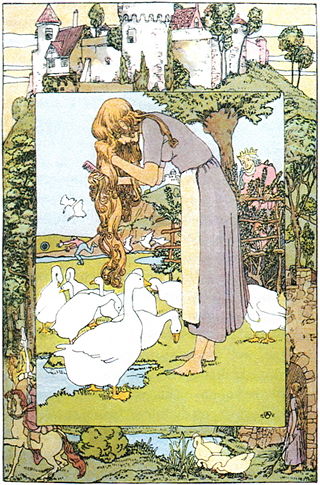
"The Goose Girl" is a German fairy tale collected by the Brothers Grimm and first published in Grimm's Fairy Tales in 1815. It is of Aarne-Thompson type 533.
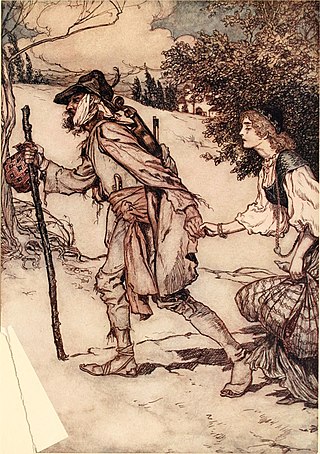
King Thrushbeard or the haught princess is a German fairy tale collected by the Brothers Grimm. It is of Aarne–Thompson type 900.

Chojnik Castle is a castle located above the town of Sobieszów, today part of Jelenia Góra in southwestern Poland. Its remains stand on top of the Chojnik hill within the Karkonosze National Park, overlooking the Jelenia Góra valley.

"The Master Maid" is a Norwegian fairy tale collected by Peter Christen Asbjørnsen and Jørgen Moe in their Norske Folkeeventyr. "Master" indicates "superior, skilled." Jørgen Moe wrote the tale down from the storyteller Anne Godlid in Seljord on a short visit in the autumn of 1842. Andrew Lang translated the tale to English and included it in his The Blue Fairy Book (1889). A later translation was made by George Dasent, in his Popular Tales from the North.

The Iron Stove is a fairy tale collected by the Brothers Grimm, as tale number 127. It is Aarne–Thompson type 425A, "The Animal (Monster) as Bridegroom". Dorothea Viehmann prepared the story for the Grimms' collection.

The false hero is a stock character in fairy tales, and sometimes also in ballads. The character appears near the end of a story in order to claim to be the hero or heroine and is usually of the same sex as the hero or heroine. The false hero presents some claim to the position. By testing, it is revealed that the claims are false, and the hero's true. The false hero is usually punished, and the true hero put in his place.
"The Fair Flower of Northumberland" is a folk ballad.
King Horn is a Middle English chivalric romance dating back to the middle of the thirteenth century. It survives in three manuscripts: London, British Library, MS. Harley 2253; Oxford, Bodleian Library, MS. Laud. Misc 108; and Cambridge, Cambridge University Library, MS. Gg. iv. 27. 2. It is thought to be based on the Anglo-Norman Romance of Horn (1170). The story was retold in later romances and ballads, and is considered part of the Matter of England. The poem is currently believed to be the oldest extant romance in Middle English.
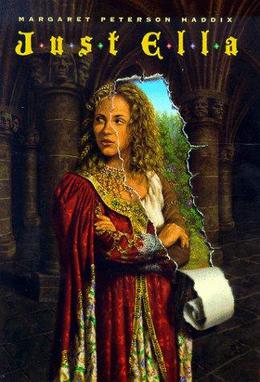
Just Ella is a novel written by Margaret Peterson Haddix and published in 1999 by Simon & Schuster. The story is a retelling of Cinderella with a feminist twist and a different version of the happily-ever-after ending. The plot revolves around Ella, a beautiful girl struggling to find the true meaning of happiness. A companion novel, Palace of Mirrors, was released in 2008.
The Sleeping Prince is a Greek fairy tale collected by Georgios A. Megas in Folktales of Greece.
The (Bonnie) Rantin' Laddie or Lord Aboyne is a traditional Scottish folk ballad telling of the valiant rescue of his lover by a noble Highland lord.
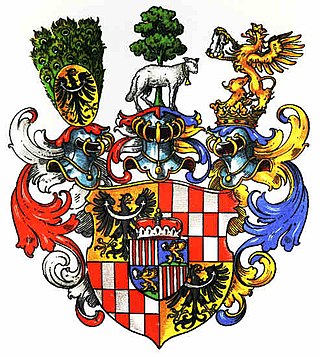
Schaffgotsch family is the name of an old and influential Silesian nobility which dates back to the thirteenth century. Some of its members played important roles in the public life of Bohemia, then Habsburg monarchy and later Prussia.

Oru Oorla Oru Rajakumari is a 1995 Indian Tamil-language romantic comedy film written and directed by K. Bhagyaraj who stars alongside Meena. The film was released on 15 January 1995, and became a box office success.

Lady of the Forest: A Novel of Sherwood is a 1992 historical fiction novel by American author Jennifer Roberson. A re-telling of the Robin Hood legend from the perspective of twelve characters associated with the legend, the story centers around English noblewoman Lady Marian FitzWalter's encounters with Lord Robert of Locksley and his scheming rival the Sheriff of Nottingham amid the backdrop of Prince John's schemes – he aims to increase his own wealth and power at the expense of post-Conquest England and his brother, King Richard.

Through a Dark Mist is a 1991 historical fiction novel by Canadian author Marsha Canham, the first instalment of her "Medieval" trilogy inspired by the Robin Hood legend set in 13th-century England. The story centers on the rivalry and enmity between two brothers each claiming to be one man – Lucien Wardieu, Baron De Gournay. The heroine, Lady Servanne de Briscourt, finds herself caught in the middle when she is betrothed to one but falls in love with the other. The novel was published by Dell Publishing in 1991.
La Fada Morgana is a Catalan fairy tale or rondalla, first collected by Majorcan priest and author Antoni Maria Alcover. It is related to the cycle of the Animal as Bridegroom and distantly related to the Graeco-Roman myth of Cupid and Psyche, in that the heroine is forced to perform difficult tasks for a witch.
The Story of Princess Zeineb and King Leopard is a French language fairy tale published in the 18th century. The tale belongs to the international cycle of the Animal as Bridegroom as a subtype, with few variants reported across Europe.